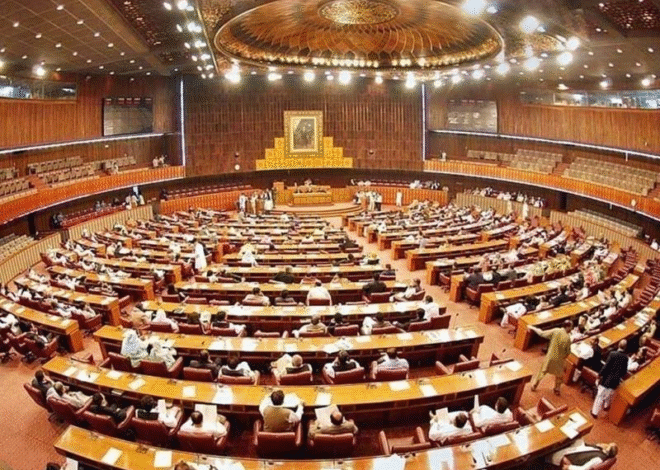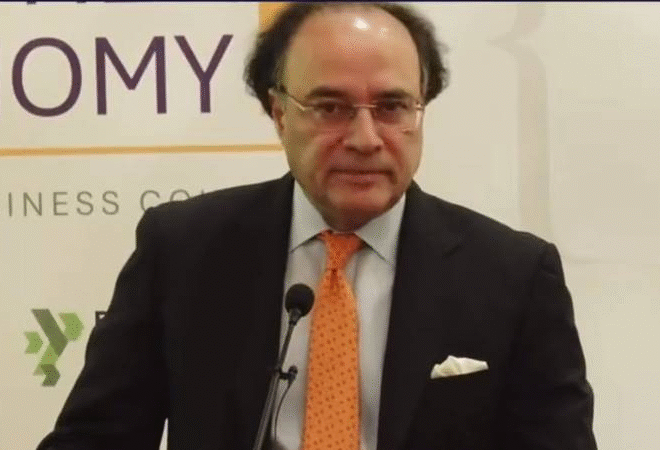
Govt Fails to Tackle Smog as Air Quality in Lahore Remains Worst
Despite a series of anti-smog measures, the Punjab government has failed to make any noticeable improvement in the province’s deteriorating air quality, with Lahore once again topping the list of the world’s most polluted cities on Monday, reported 24NewsHD TV channel.
According to real-time air quality data, Lahore’s Air Quality Index (AQI) was recorded at 477, placing it firmly in the “hazardous” category and far above the safe limit set by the World Health Organization (WHO).
Lahore was followed by New Delhi, where the AQI stood at 241, while Tashkent in Uzbekistan ranked third. Environmental experts have warned that such extreme pollution levels pose serious risks to public health, particularly for children, the elderly, and individuals with respiratory conditions.
Authorities in Lahore have implemented partial measures such as traffic restrictions, factory inspections, and closure of smoke-emitting brick kilns. However, these steps appear insufficient as the thick layer of smog continues to choke the city, with visibility dropping significantly in several areas.
Situation worsening in Qabula
The situation in Qabula, near Sahiwal, has also become alarming due to unchecked industrial emissions. Residents report that numerous brick kilns continue to operate illegally, releasing dense smoke into the atmosphere and worsening the smog.
Doctors in the region have reported a rise in eye, throat, and chest infections, urging the public to take precautionary measures such as wearing face masks, using protective eyewear, and avoiding unnecessary outdoor exposure. Locals have demanded stricter enforcement against kiln owners and better implementation of environmental regulations.
Karachi ranks fifth among world’s most polluted cities
Meanwhile, Karachi has also seen its air quality deteriorate, ranking fifth among the world’s most polluted cities on Monday with an AQI of 142, placing it in the “unhealthy” category.
The Pakistan Meteorological Department (PMD) reported that the maximum temperature in Karachi is expected to reach 36°C, while the morning humidity level stood at 90 percent. Light north-easterly winds, moving at six kilometers per hour, are contributing to stagnant air conditions, allowing pollutants to linger near ground level.
Environmental experts say that without consistent long-term planning, including sustainable transport policies, urban tree plantations, and strict emission control, the smog crisis is likely to worsen in the coming weeks as winter intensifies.


